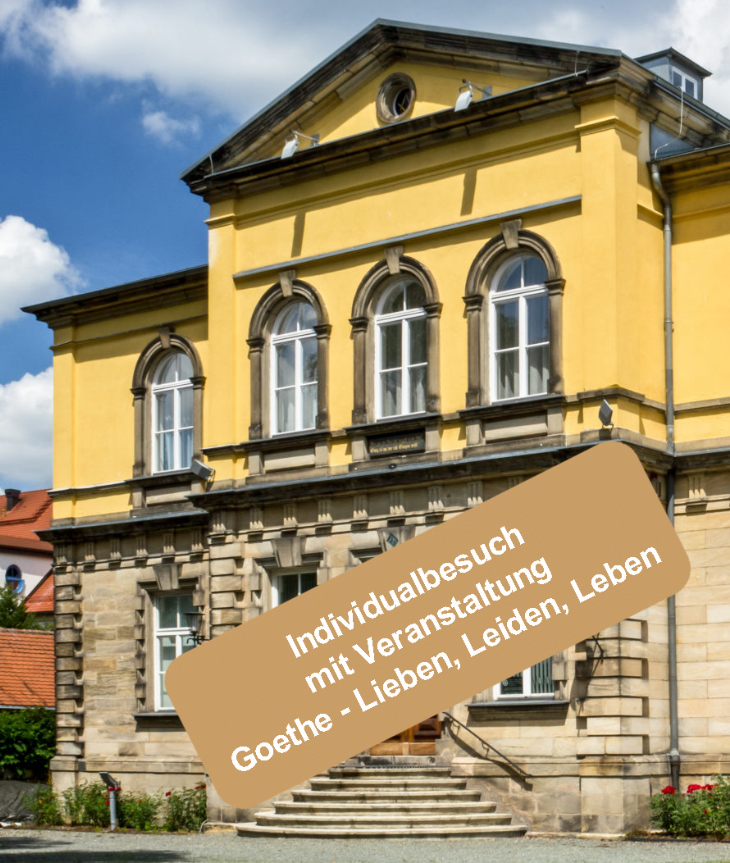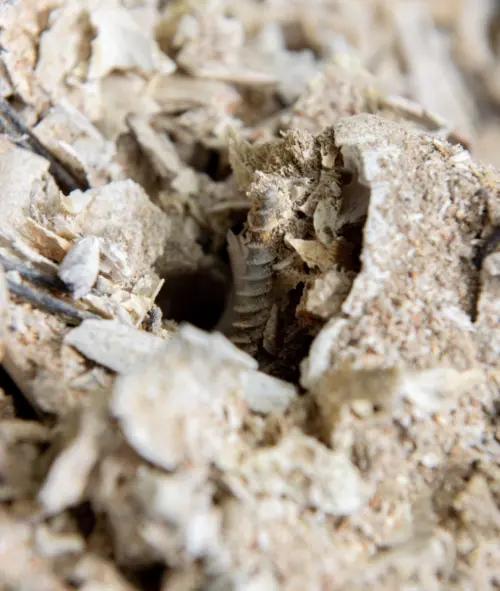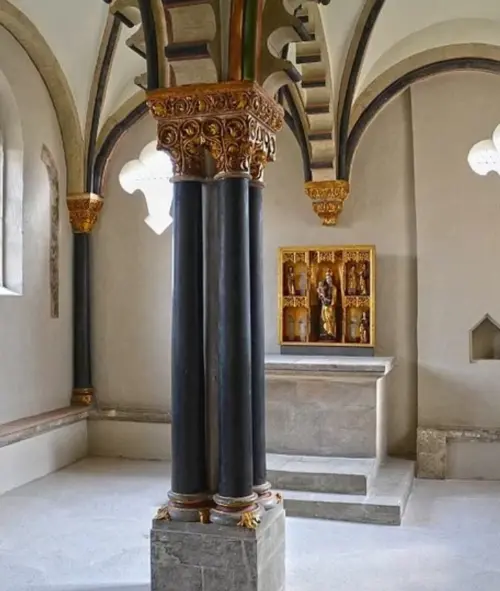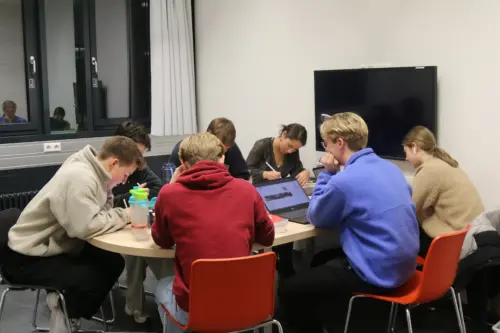Deutsches Freimaurer Museum Bayreuth
History of the collection of the Masonic Museum in Bayreuth
Georg Niehrenheim from Bayreuth approached the Grand Lodge “Zur Sonne” in 1902 on the occasion of a meeting with the suggestion to use the Masonic utensils and exhibits collected in the house of the Bayreuth Masonic Lodge “Eleusis zur Verschwiegenheit” as the basis of an own Masonic Museum. The Grand Lodge agreed and Niehrenheim succeeded with great zeal in enlarging the existing collection. In the period that followed, the Grand Lodge regularly supported the museum financially. Likewise, an increasing number of lodges and lodge members found themselves willing to provide funds for the expansion of the collections. In 1912, the Bayreuth physician Dr. Bernhard Beyer took over the management of the museum and by 1930 had expanded it to become the third largest of its kind in the world.
In 1913, as part of the establishment of the “German Library” in Leipzig, the “Association of German Freemasons” had called for the founding of a “German Masonic Library” as a central library for all compulsory copies. It was to collect forward as well as backward according to a list of works like Wolfstieg’s bibliography. It was finally the Masonic Lodge “Eleusis zur Verschwiegenheit” in Bayreuth which, under Dr. Bernhard Beyer, followed this idea and incorporated its entire library into the holdings of the museum.
When the Nazi dictatorship came to power, the museum was dissolved and its collections, containing a wealth of irreplaceable cultural values, were looted and taken away. They have been lost to this day. Thus, at last there were 1,000 lodge badges called “bijoux”, more than 700 medals, 160 Masonic shurzes, 20 ritual carpets and more than 1,000 oil paintings, copper engravings and lithographs, as well as more than 15,000 Masonic seals, crystal glasses and porcelains. In addition, there was a rich collection of clothing of all lodge degrees, as well as many documents, original letters and lodge passports of prominent Freemasons.
At the end of the war, the Bayreuth lodge house in which the museum was housed was intact, but the rooms themselves were empty. Dr. Beyer set about the reconstruction undaunted. The Bavarian state government supported his work by a generous settlement in the reparation process of the former owner, the grand lodge “Zur Sonne e.V.”.
Dr. Bernhard Beyer and his successors, with considerable support from the Grand Lodge of Ancient, Free and Accepted Masons of Germany, have expanded the collections to such an extent that they are now larger than they were before 1935. The museum is supported and administered by the Verein Deutsches Freimaurermuseum e.V. (German Masonic Museum Association), which was entered in the Register of Associations of Bayreuth on May 13, 1954, and to which about 190 individual members and lodges now belong.
The collection of photographs, copperplate engravings and pictures amounts to 1,600 copies, the stock of lodge badges (bijoux) and medals to 1,700, of other exhibits of crystals, porcelain, ceramics and of Masonic clothing to over 1,000.
The library today contains 16,500 volumes. There are 20,000 membership directories from many lodges from the beginning of German Freemasonry in 1757 to the present time. They have been recorded electronically since 2004 and are constantly being added to. The archive with lodge documents currently comprises 2,000 numbers. It is planned to record and scientifically describe all existing objects in a convertible database according to the international standard of the recommendations of the German Museum Association and ICOM.
(Herbert Schneider / Roland Hanke)
Source: www.freimaurermuseum.de













